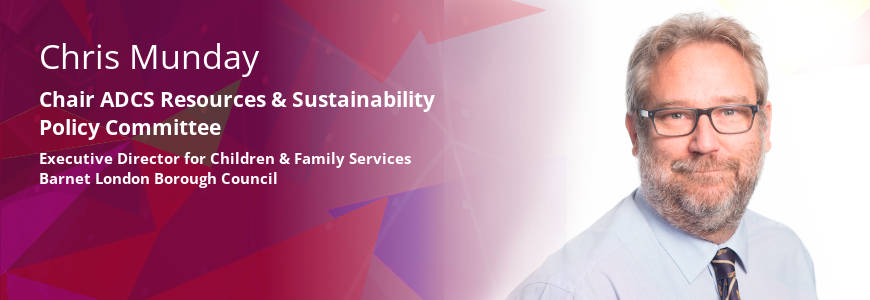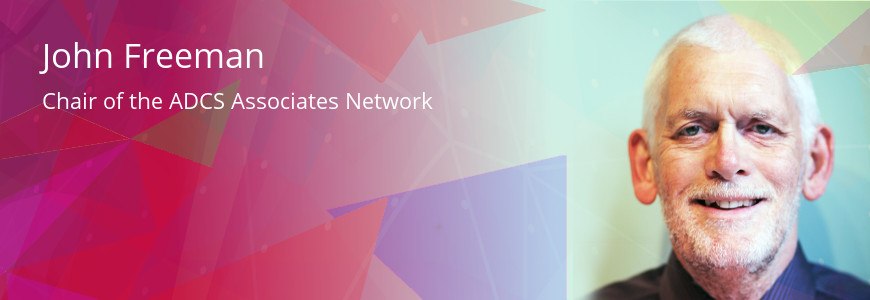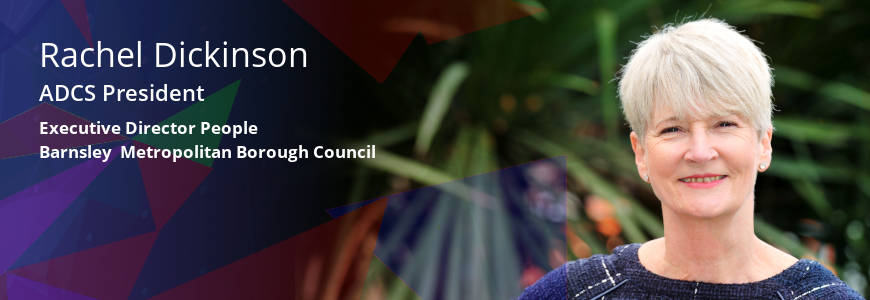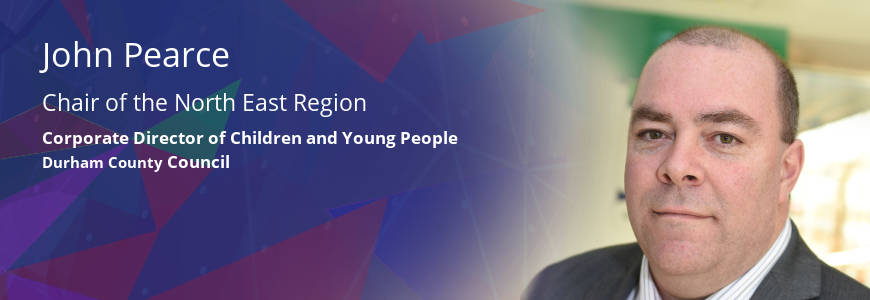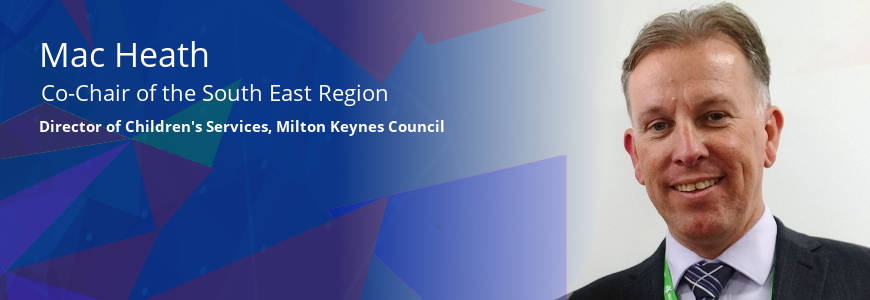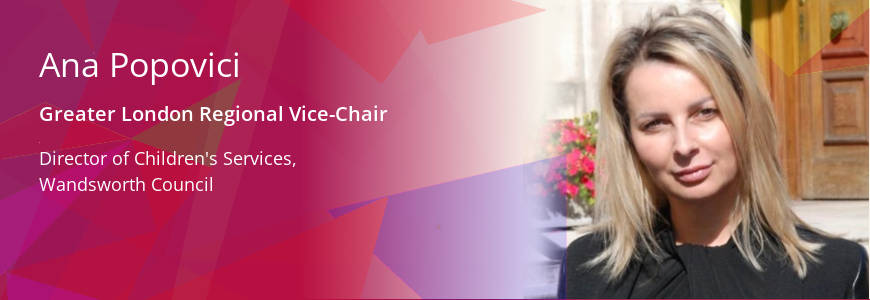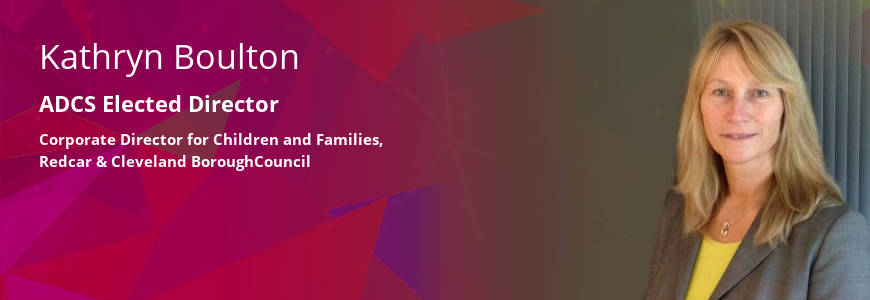Time to tackle child poverty
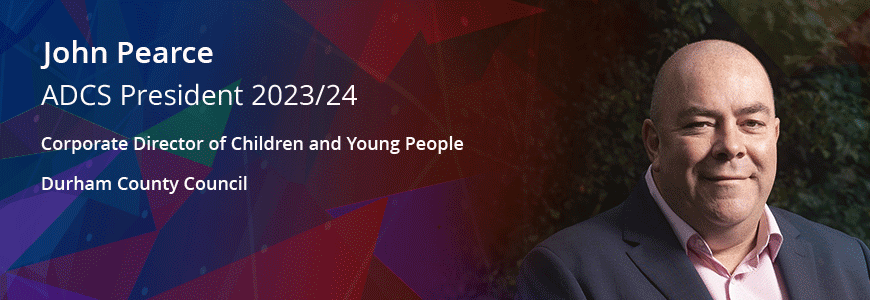
One of my main priorities as ADCS President is to put a larger spotlight on the dangerous levels of poverty we see in our society and the direct impact this has on children’s outcomes. National child poverty figures rooted in government data sadly show progress has been going in the wrong direction in recent years, but perhaps more slowly than our day to day experiences would suggest. There is no universally agreed upon measure of poverty and no single or common set of indicators to measure it in this country; that is to say for England, not Wales, Scotland or Northern Ireland, who are taking action here.
In children’s services, the number of local free school meal (FSM) claims can be used as a basic proxy for family distress and levels of need in our communities. FSM claims increased rapidly during the pandemic and this pattern continues to this day, with official data showing claims at the highest ever rate despite gaps in eligibility highlighted during Covid-19. Schools, charities and community groups are on the frontline of crisis responses, supplying food and other essentials, from winter clothes to bedding. Children’s social care departments are increasingly operating in this space too via our ‘Section 17’ duties, buying essentials and even carpets for children and families at risk of destitution. There are millions of children living in poverty, two thirds of whom live in working households. I’m always surprised how little outrage these figures attract.
The cost of living crisis rolls on and its impact continues to be felt in communities, households and families across the country, with single parent families, families with a disability, and larger families who have fallen foul of the ’two child’ benefit cap most at risk. There are stark geographical and ethnic inequalities too across a range of outcomes, from life expectancy and overall health to access to employment opportunities.
The contributing factors to poverty are complex, interrelated and familiar to us all: insecure work, a real-terms reduction in benefits, a housing crisis, reduced investment in public services, immigration policies preventing asylum seekers from working, rising costs of household essentials to name but a few. Whilst relieving immediate and basic needs is the right thing to do, we need to think bigger, think longer term and think family. An ambitious and multifaceted strategy is needed that responds to these challenges with children’s outcome at its heart. The most recent child poverty reduction strategy for England was published in 2014 covering the period up to 2017. Whether action happens under the badge of life chances, social mobility, social justice or levelling up, it just needs to happen. I was therefore pleased to see a debate in parliament on child poverty earlier this week.
Different parts of government are spending large sums each year ameliorating gaps and contradictions in the policies of other parts of government. A recent report by the Child Poverty Action Group estimated that the cost of child poverty was around £39 billion per year. We cannot afford either the societal or financial impact of child poverty so we must stop fighting the fire and address the root causes.
We need to have a renewed focus on this pressing matter. In 2017 ADCS published a paper A country that works for all children that sets out our ambition for children and young people in this country. However, a lot has happened in the intervening years and we will be refreshing this important paper later in the year to reflect the challenges children and families are now facing. The government must realise that failure to invest in children’s futures is a false economy and is only storing up greater human and financial costs in the future. It’s time for change.
Related Blog Articles
I have been a Social Worker for 35 years and it is in our nature to be...
In General
I feel we are at the end of the beginning, rather than the beginning of the end....
In General
Long before I became a Director of Children’s Services, in the annals of...
In Care
Earlier this year I had the pleasure of joining members of ADCS Council of...
In Funding
Schools play a vital role in their local areas by widening opportunities for...
In Education
Whilst thinking about a theme to focus on for this blog I started to reflect on...
In Funding
Blackburn with Darwen, set within the heart of Pennine Lancashire, has high...
In General
Earlier this week I attended a development day on Ethical Leadership in Public...
In Leadership
As a student social worker, I came to understand that anti-discriminatory...
In General
It truly is a privilege to be a public servant, and together with colleagues and...
In Care
I wanted to share with you some amazing work that has had a huge impact in...
In General
All schools and colleges across the country are now allowed to open more widely...
In Education
Autumn is always a busy time for local authorities. Budget setting season is in...
In General
Last week the Association held its annual conference in Manchester. This event...




